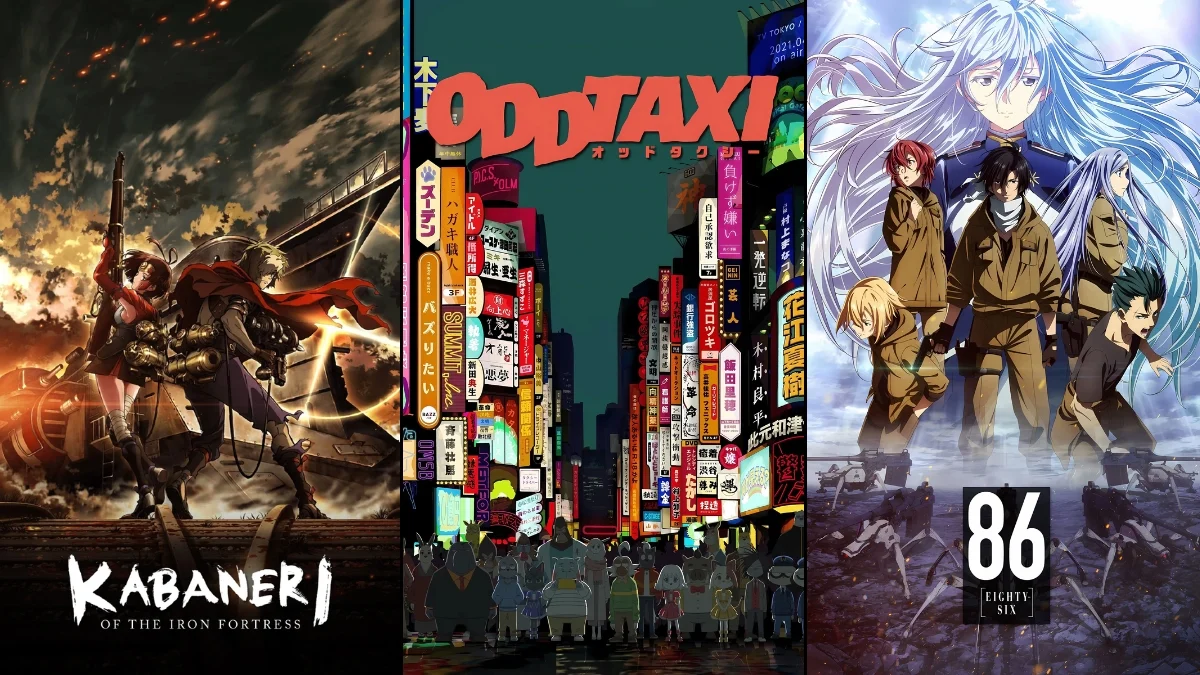
Recently, a lot of creative anime have come out that have done amazing things with their stories, visuals, and the worlds they create, even though many people haven’t seen them. This list highlights shows and movies from the last ten years that have truly stood out – thanks to original ideas, talented creators, or great source material – without relying on popular franchises. You’ll find both brand new stories and adaptations across different genres, all of which have something special to offer, like a distinctive director, a unique art style, or a clear central idea. Think of this as a guide to finding shows you might have missed, but that are definitely worth watching.
‘ODDTAXI’ (2021)
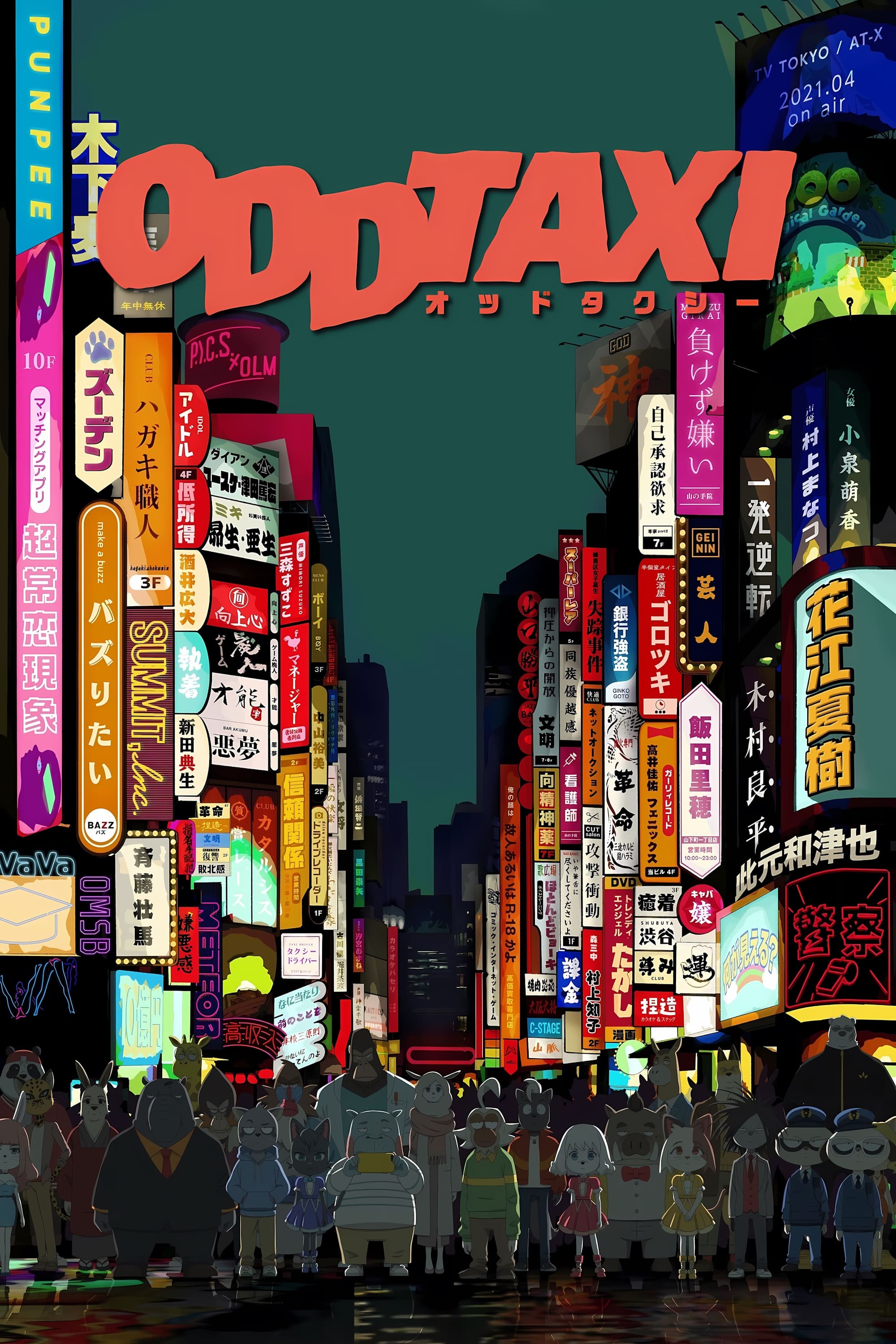
The story centers around Odokawa, a quiet taxi driver, and how his passengers connect to a series of disappearances and crimes in the city. Over 13 episodes, the show mixes realistic conversations with cleverly hidden clues. The animation studio, OLM and P.I.C.S., uses simple but effective character designs and camera work to make even the dialogue scenes interesting. The plot unfolds through different timelines and perspectives, ultimately revealing a carefully constructed mystery.
‘Sonny Boy’ (2021)
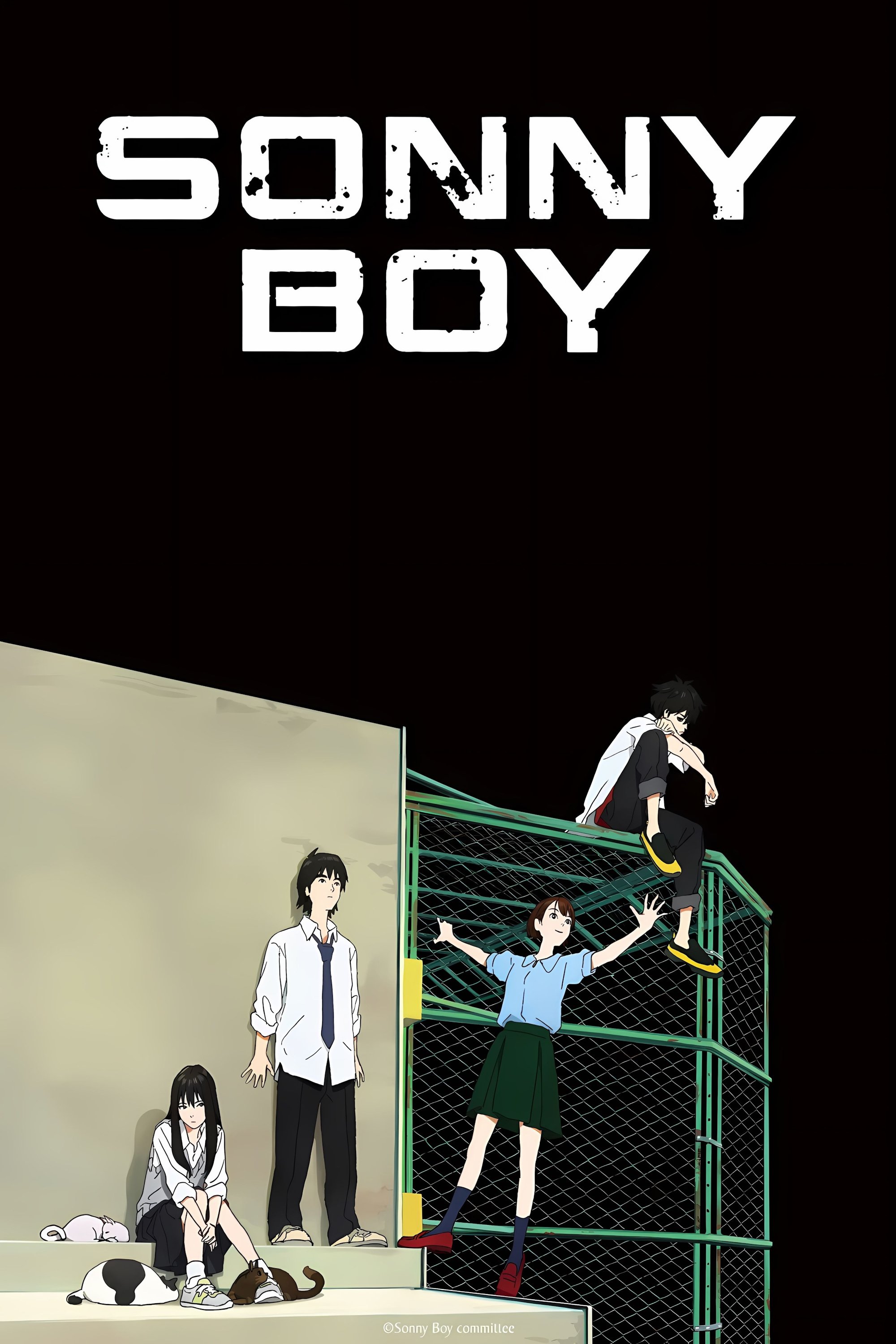
Madhouse’s series traps a group of students in constantly changing alternate realities, each with its own unique set of rules. Director Shingo Natsume uses minimalist visuals, extended shots, and unexpected changes in style to emphasize the logic of each world. The story unfolds like a collection of short stories, exploring themes of leadership, memory, and society through self-contained challenges each episode. The music, composed by Sunao Takahashi and featuring other artists, effectively enhances the show’s shifting atmosphere.
‘Deca-Dence’ (2020)
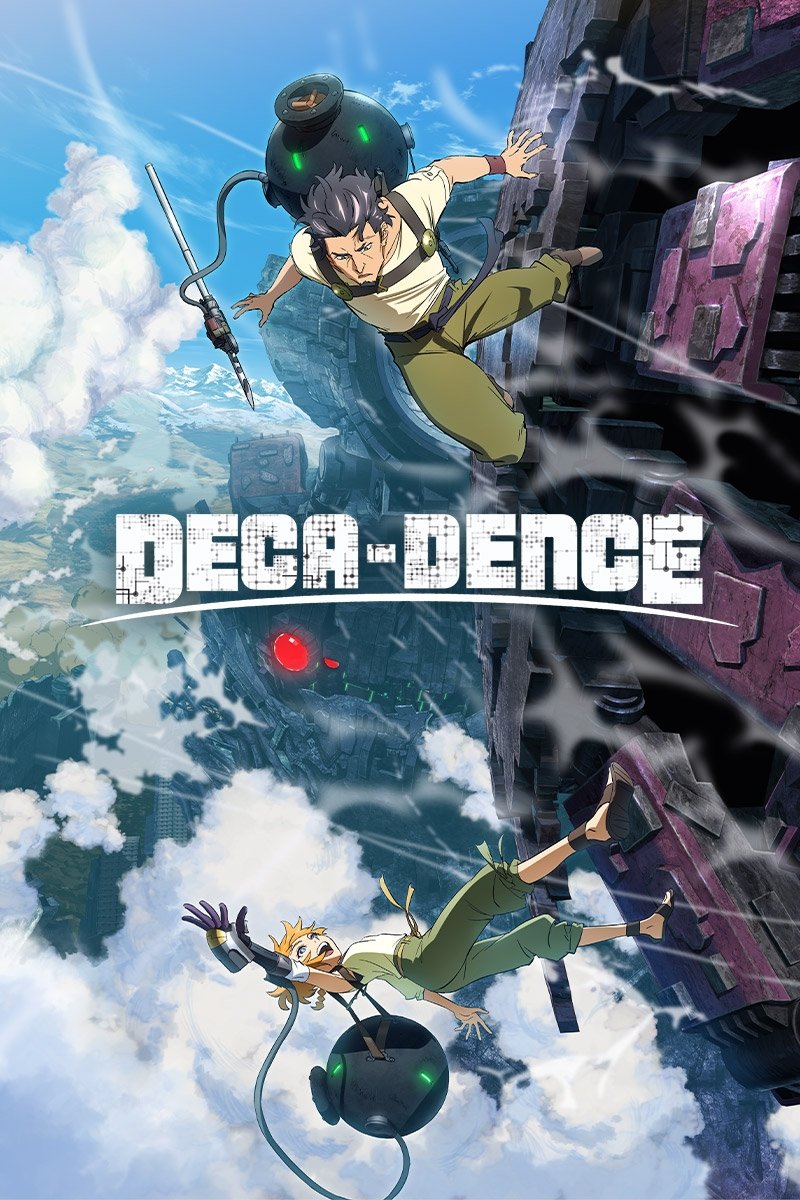
NUT’s new sci-fi series features a compelling contrast: ordinary soldiers battling on the front lines alongside a secret group that turns fighting monsters into a game. The show stands out with impressive mechanical designs, particularly a massive moving fortress, and uses two different art styles to show things from different viewpoints. Around the middle of the season, the story takes a new direction, but it does so smoothly without contradicting what came before. The action sequences are visually dynamic, often focusing on height and including lots of characters swinging on cables and fighting in the air.
‘Planet With’ (2018)
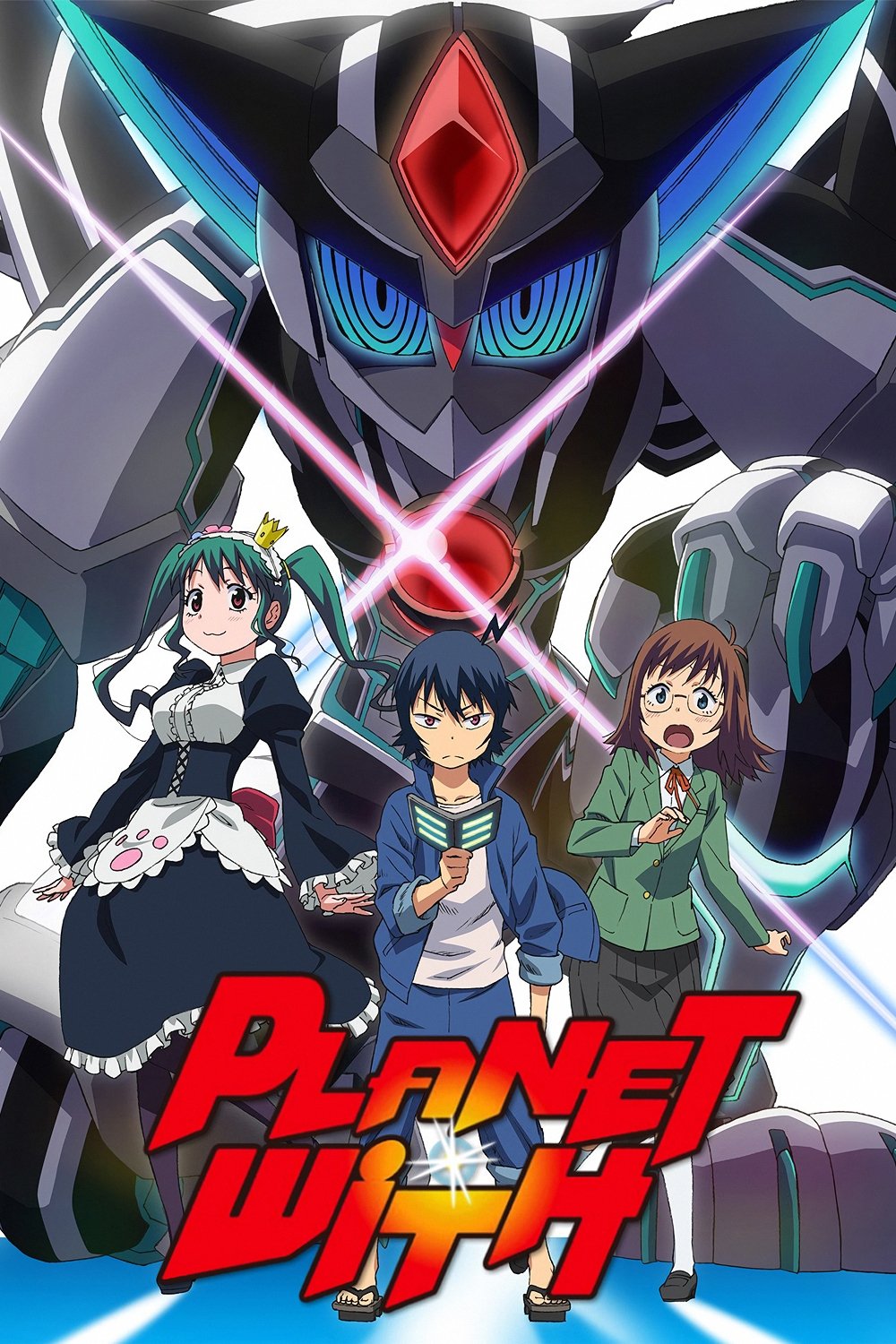
This 12-episode mecha series, based on a work by Satoshi Mizukami, tells a complete story in a concise format. J.C.STAFF’s animation features impressive CG mecha designs set against beautiful, painted backgrounds, and fluid character work that enhances emotional moments. The story takes common mecha themes – like shifting alliances, growing conflicts, and clashes of beliefs – and presents them in a well-structured way with satisfying conclusions. The music effectively emphasizes key moments, such as mecha transformations and action sequences, using memorable musical themes.
‘Vivy: Fluorite Eye’s Song’ (2021)
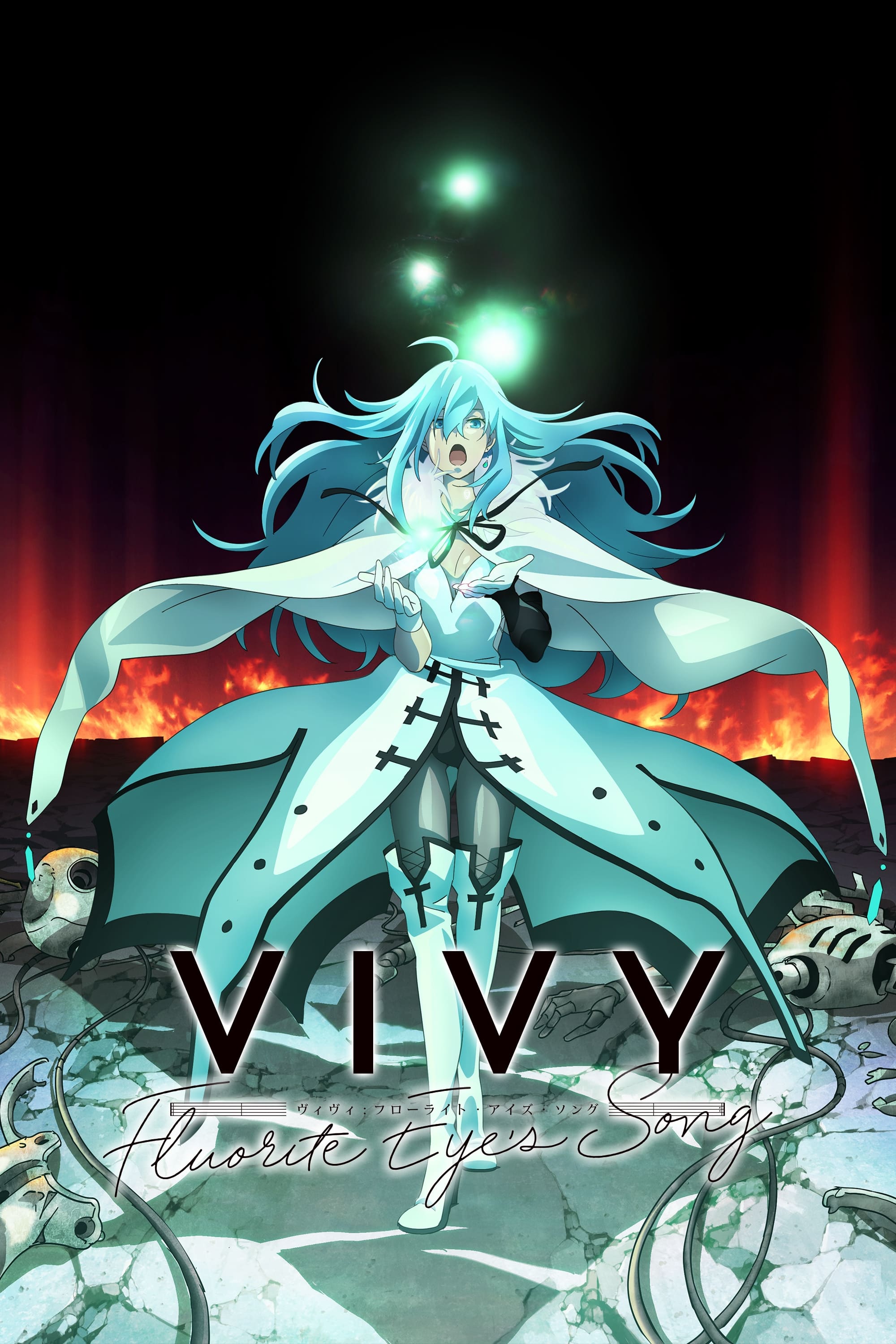
Wit Studio’s new series features an AI singer tasked with changing the future by carefully intervening in specific events. Each episode tells a self-contained story in a different location, but all the stories contribute to an ongoing timeline. The show uniquely blends musical performances with action sequences, emphasizing the tension between the AI’s original programming and its developing independence. It strikes a balance between exploring complex technological ideas and presenting straightforward, problem-solving scenarios.
‘ID: INVADED’ (2020)
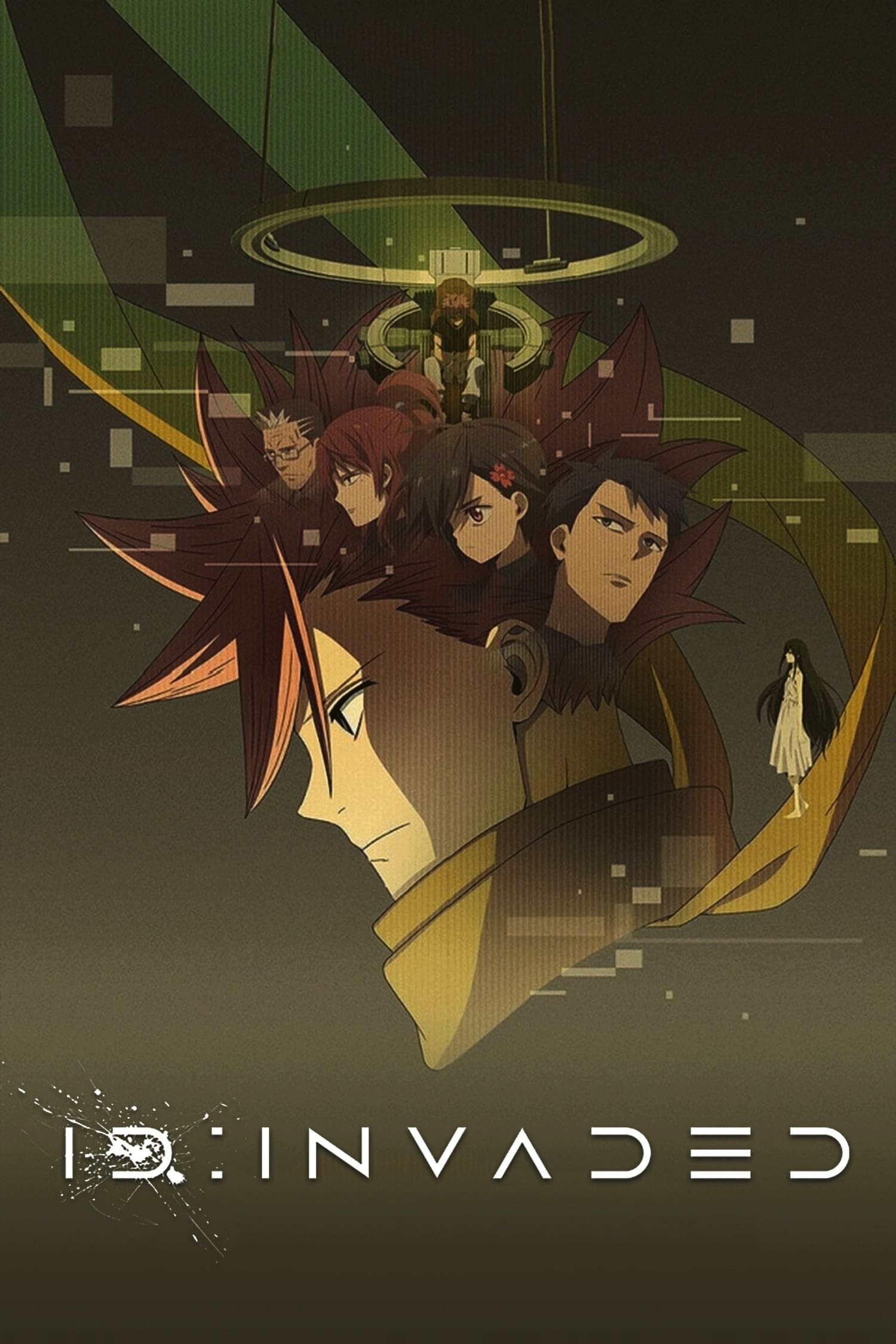
The anime series from studio NAZ centers around solving mysteries by exploring the psychological depths of criminals – what the creators call ‘id wells.’ It uses a unique and fragmented visual style – think floating grids, puzzles, and repeating shapes – to depict how the detectives think. Each case follows a clear process, connecting clues found within these mental spaces to the real world. While solving individual crimes, the series also delves into the personal lives and motivations of the detectives themselves.
‘The Heike Story’ (2022)
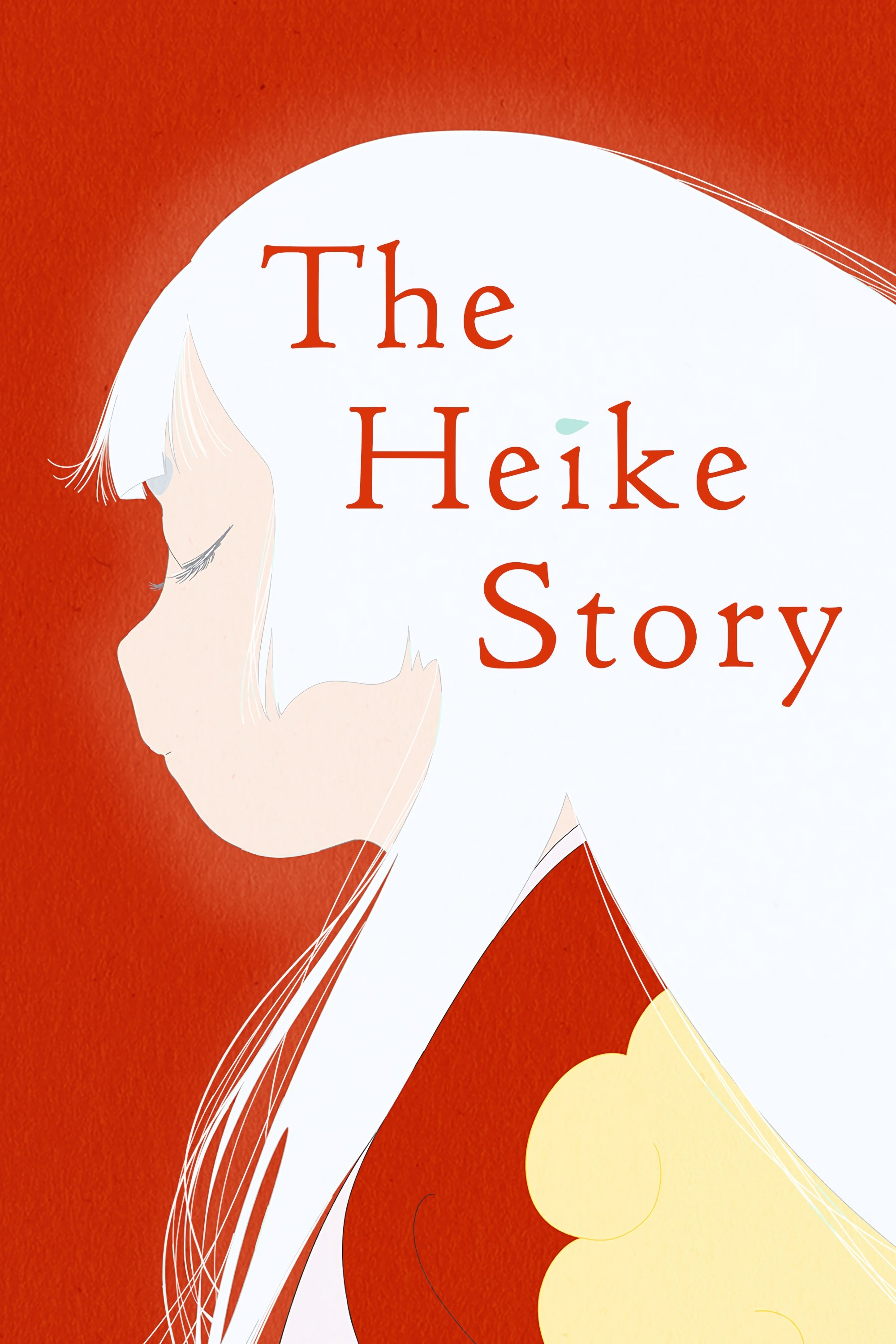
Science SARU’s new version of this classic story features a narrator who plays the biwa and seems to foresee what’s happening. The animation style is inspired by traditional Japanese paintings, using simple lines, soft colors, and watercolor effects. The show focuses on historical details like court ceremonies, political maneuvering between families, and the strategies used in battle. We see these events unfold through the eyes of a young servant, who helps us understand the changing balance of power.
‘Kageki Shojo!!’ (2021)
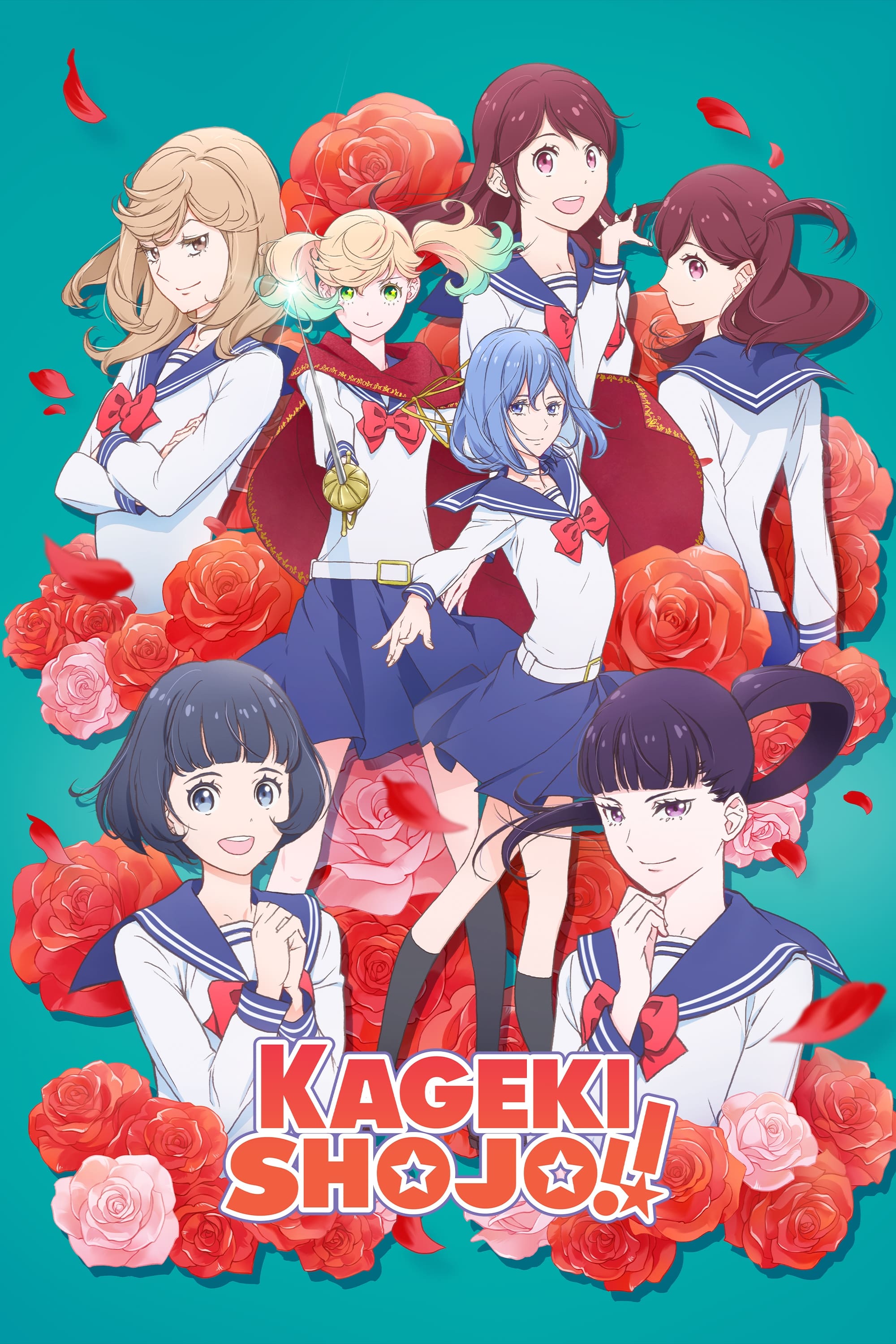
Pine Jam is a show based on a manga that follows students at a top musical theater school. The series is structured around rehearsals and casting decisions, showing how the students improve through their classes, compete with each other, and prepare for performances. It dives into the details of their training, including vocal techniques, breathing exercises, and stage fighting. Each character’s development is linked to the specific productions they’re working on, so their technical skills grow alongside their performance goals.
‘O Maidens in Your Savage Season’ (2019)
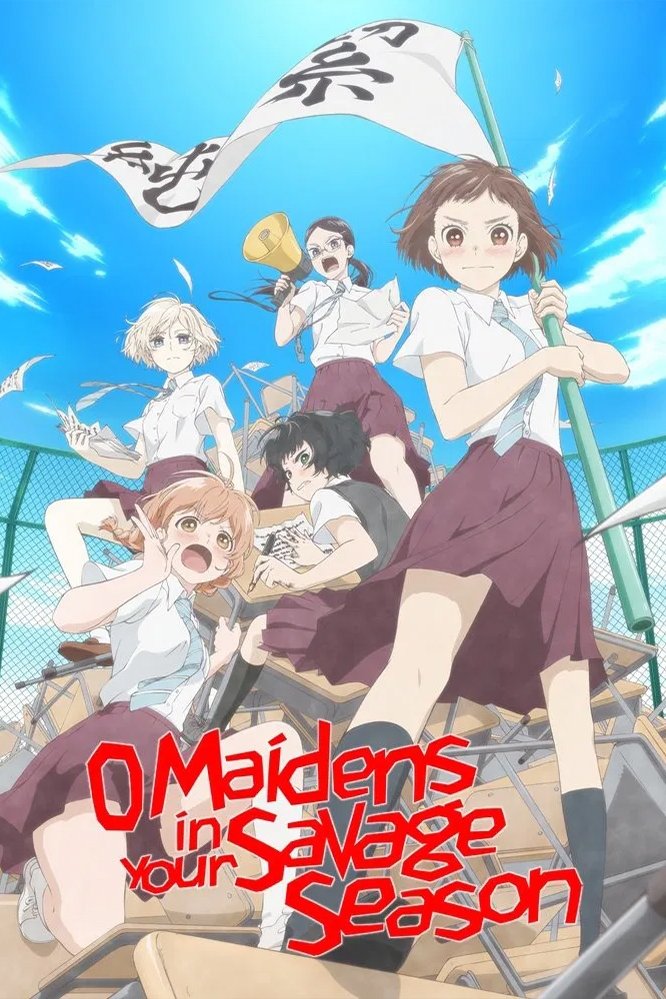
Lay-duce’s manga series follows a school literature club where reading isn’t just about books – it’s a way for the members to grow and change as people. The story shows the club through their meetings, outings, and preparations for school events. It cleverly links classic literature to the characters’ current lives using visual techniques and imagery. The series focuses on all the club members, developing each of their individual stories alongside the group’s activities.
‘Appare-Ranman!’ (2020)

P.A.Works presents a racing competition spanning multiple countries, where participants use specially built vehicles. The show dives into the technical side of racing, with diagrams and scenes showing how the vehicles are tuned and fixed. Each race segment presents unique challenges like difficult terrain, competitors trying to sabotage each other, and the complexities of travel. The series also pays attention to detail, with costumes and props reflecting the locations and the drivers’ personal stories, and a clear leaderboard keeps viewers informed about who’s winning.
‘BNA’ (2020)
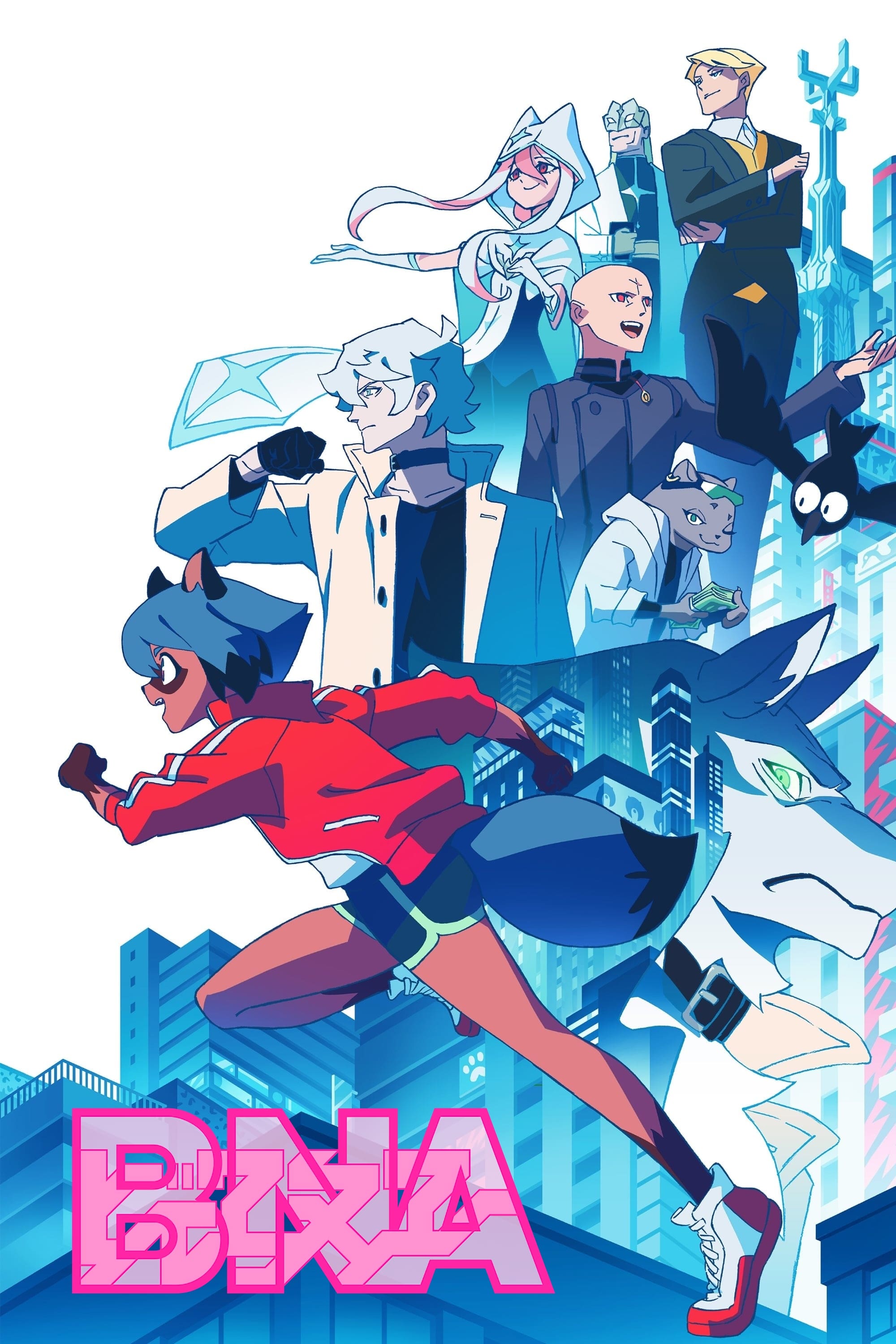
As a huge animation fan, I recently checked out Science SARU’s latest, and it’s a wild ride! It centers around a person who transforms into a beastman and starts searching for answers in a city where humans and beastmen are kept separate. The animation style is really striking – all sharp angles and fast cuts, which makes the action sequences, especially the chases and big city battles, incredibly dynamic. What’s really clever is how each episode feels like a case file, exploring different aspects of being a beastman – things like their legal rights, even beastman sports leagues, and how corporations are involved. And the music? Totally fitting – a lot of driving percussion that really emphasizes the energy of the city and the constant movement.
‘Revue Starlight’ (2018)
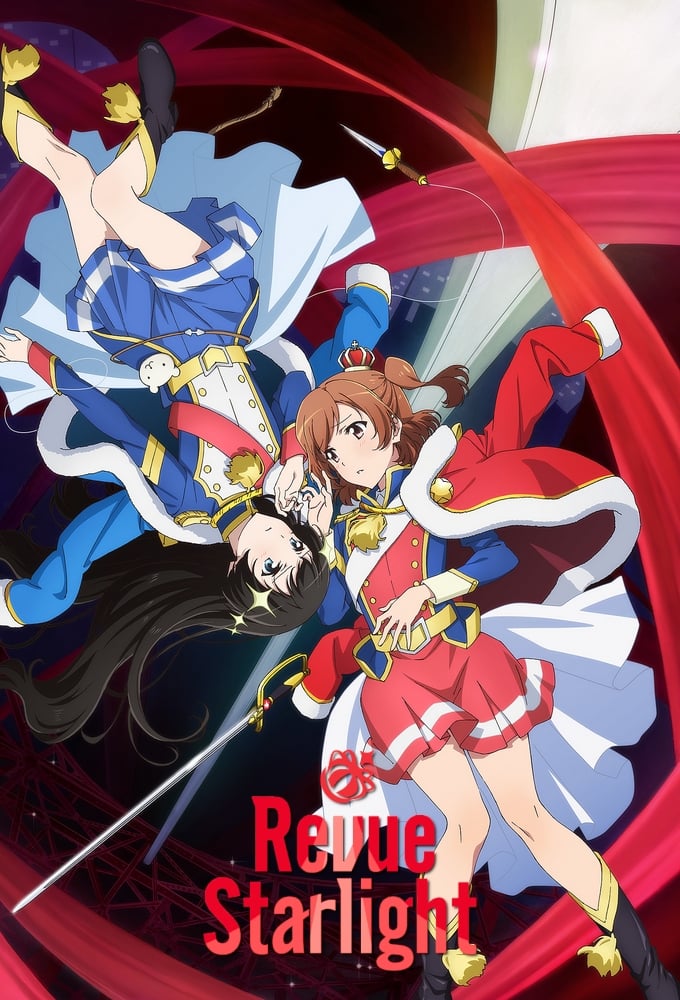
This animated series combines scenes of rigorous training with imaginative performance battles taking place on a hidden stage. The show cleverly integrates theater terms and techniques – like set design, props, and actor positioning – directly into the action. Rotating sets, lighting effects, and costume changes visually represent what the characters are trying to achieve. Recurring songs act as themes, and when they’re repeated, it shows how relationships and situations are changing.
‘Girls’ Last Tour’ (2017)
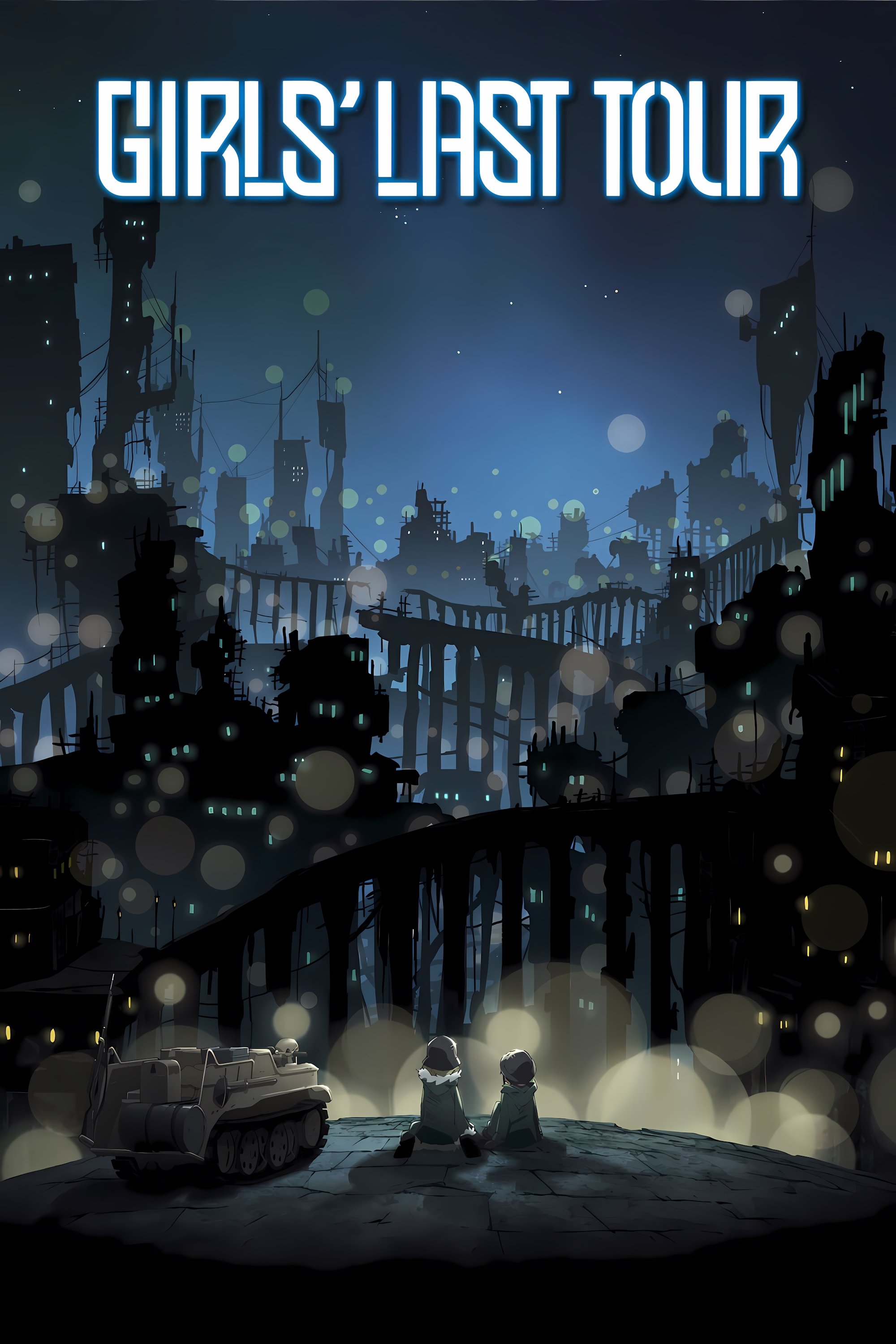
White Fox’s new series follows two travelers as they journey through a nearly empty city. Each episode focuses on practical needs like finding fuel, food, and shelter, while also showing how they maintain their vehicle and plan their route. The story reveals details about the world through its buildings, signs, and the remains of what came before. The music and sound effects highlight the mechanical sounds of the environment and the feeling of vast, empty spaces.
‘Land of the Lustrous’ (2017)
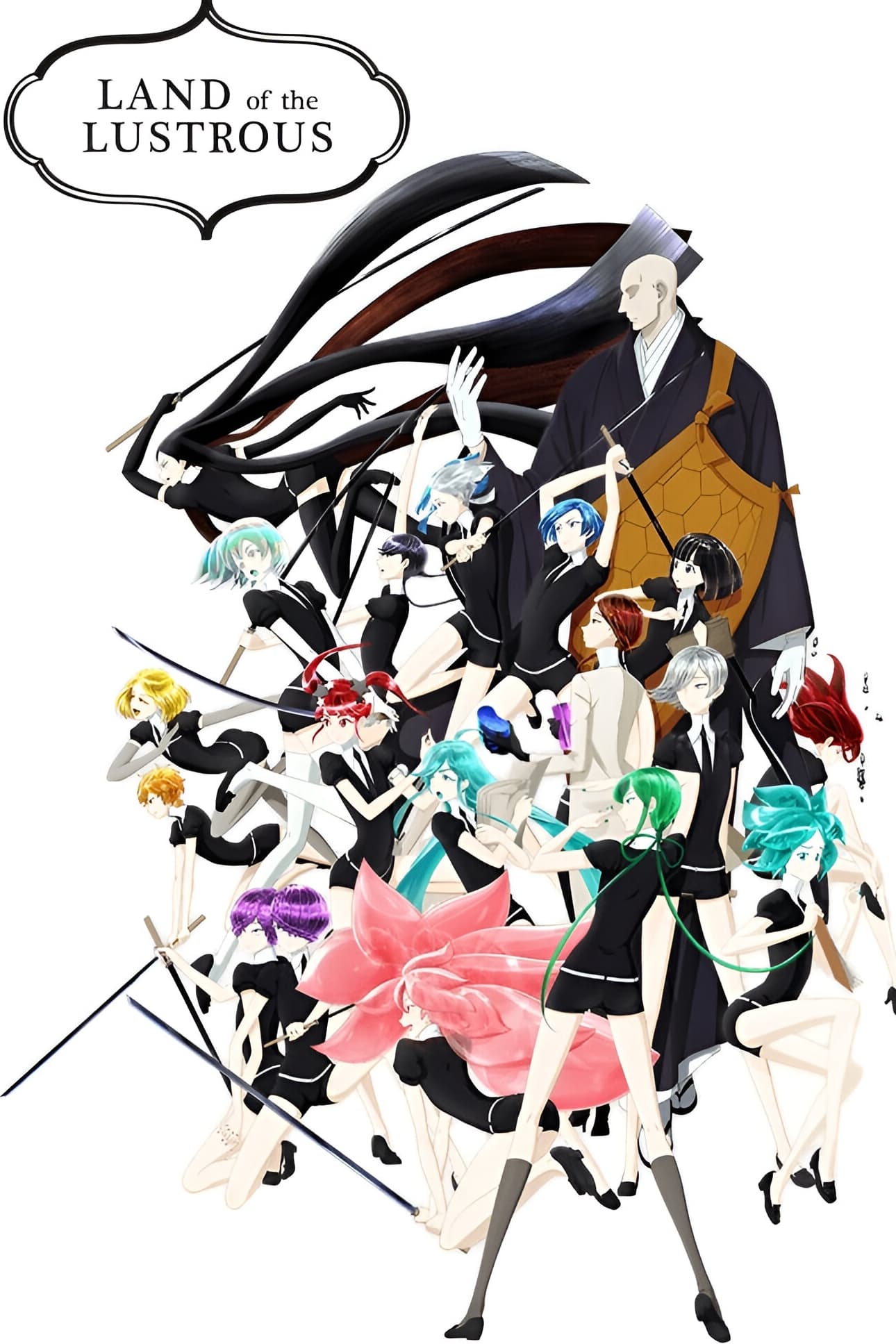
I’m really excited about Orange’s new CG series! It’s based on a manga about these incredible beings made of gems who are fighting off mysterious enemies. What’s amazing is how they’ve brought them to life – the way the light plays off their bodies, which are made of these flexible, almost glass-like materials, is just beautiful. And the fights aren’t just about hitting – these characters break during battle, but they can also repair themselves, and the show actually explains how that happens! You learn about their world and how everything works through their daily routines, like their jobs and how they train with masters – it’s a really cool way to build the story.
‘Boogiepop and Others’ (2019)
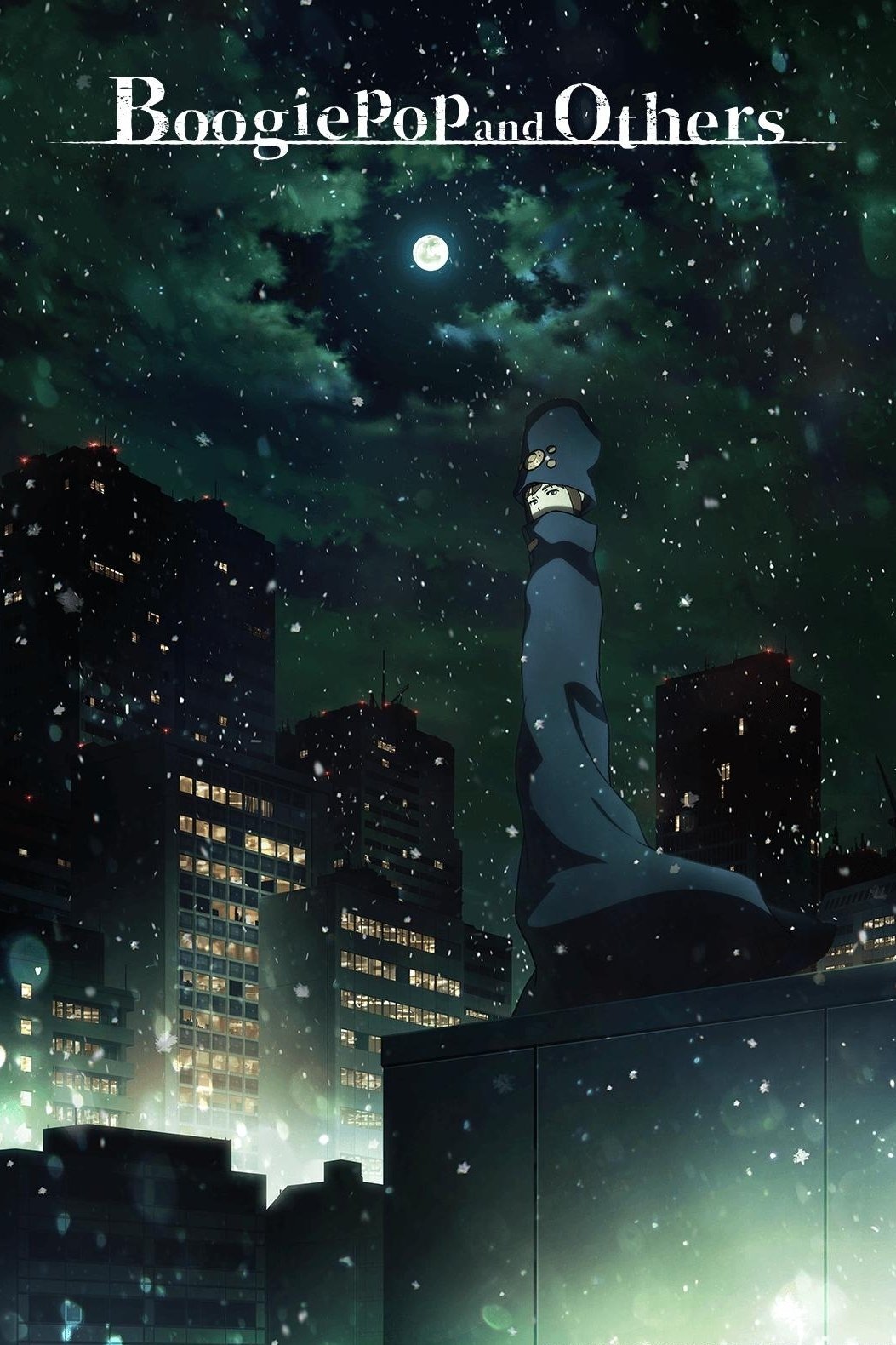
Madhouse’s series takes a unique, non-traditional approach to adapting light novels based on urban legends and interconnected mysteries. Instead of a straightforward story, it presents arcs that shift viewpoints, but maintains a consistent timeline by revisiting events. The show uses introductory scenes and special episode codes to help viewers follow along. It also relies on subtle visuals and clues within the story itself, encouraging close attention to what characters say and the environments they’re in.
‘Banana Fish’ (2018)
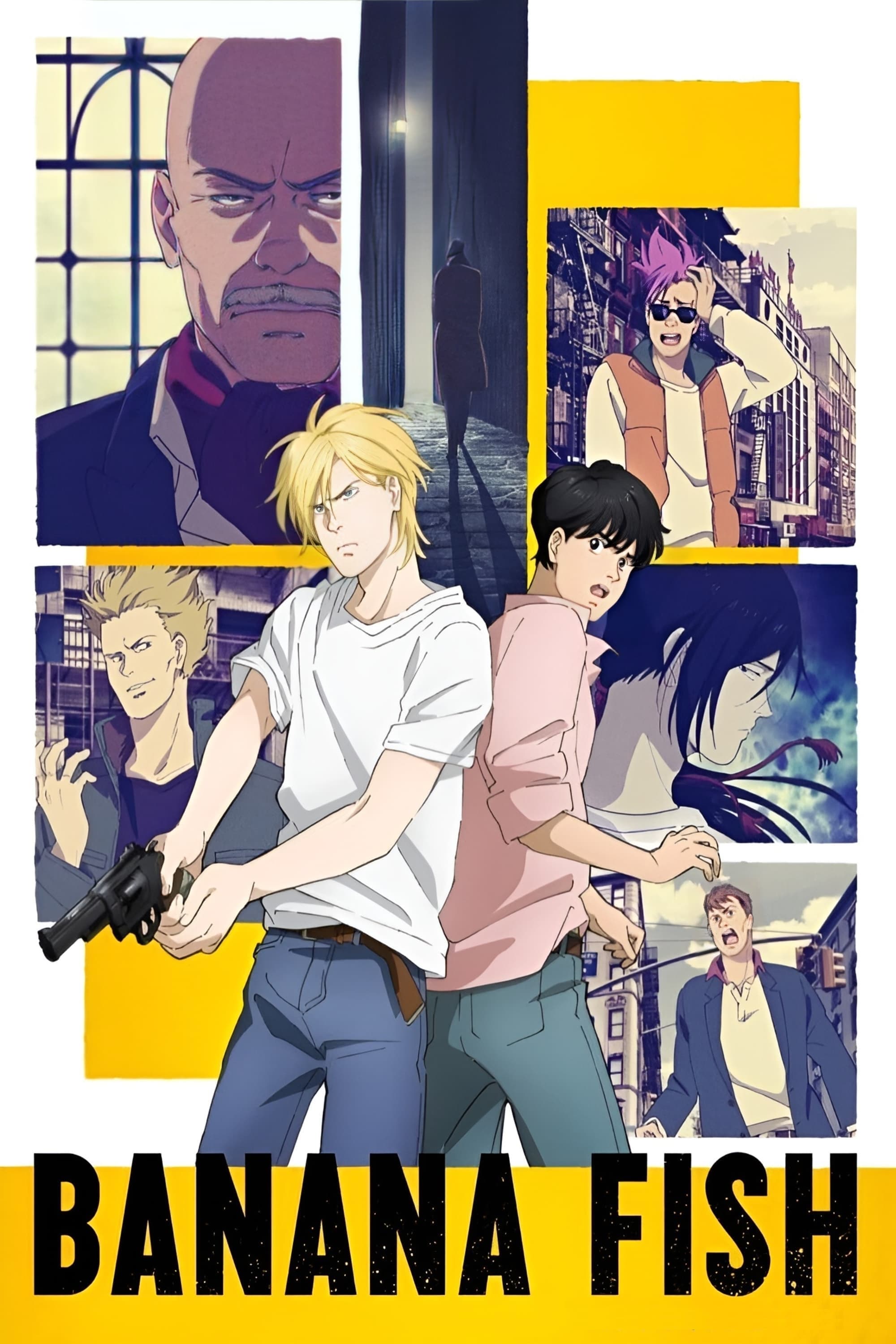
MAPPA’s adaptation of the crime manga updates the story to modern times, but keeps the characters and main plot intact. Action sequences, like shootouts and chases, feel realistic thanks to accurate depictions of weapons and city layouts. The investigation focuses on collecting evidence, managing safehouses, and navigating gang rivalries. The music ranges from suspenseful background tracks to calmer pieces during moments of rest.
‘The Great Passage’ (2016)
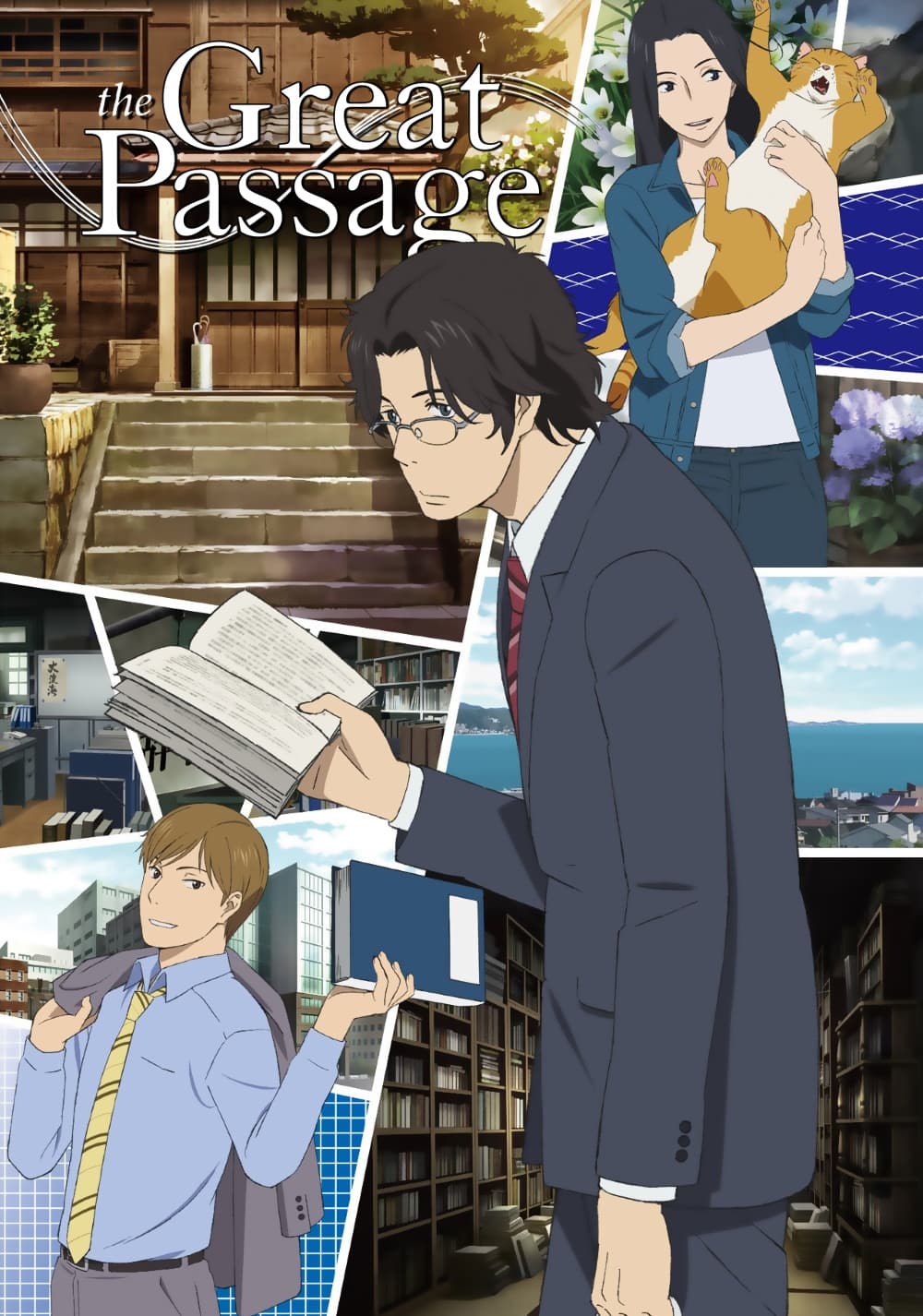
I just finished watching ZEXCS, and it’s a surprisingly captivating look inside the world of lexicography! The show follows a team at a publishing house as they work to create a brand new dictionary. What’s fascinating is how realistically it portrays the process – from gathering source material and writing definitions, to meticulously checking every single citation. It’s all about the daily grind of meetings, looming deadlines, and those final proofreading checks. Visually, the show is really effective, using quiet office scenes and shots of typesetting to beautifully represent the often-invisible work of crafting language. It’s a niche subject, but they make it incredibly engaging.
‘Kabaneri of the Iron Fortress’ (2016)
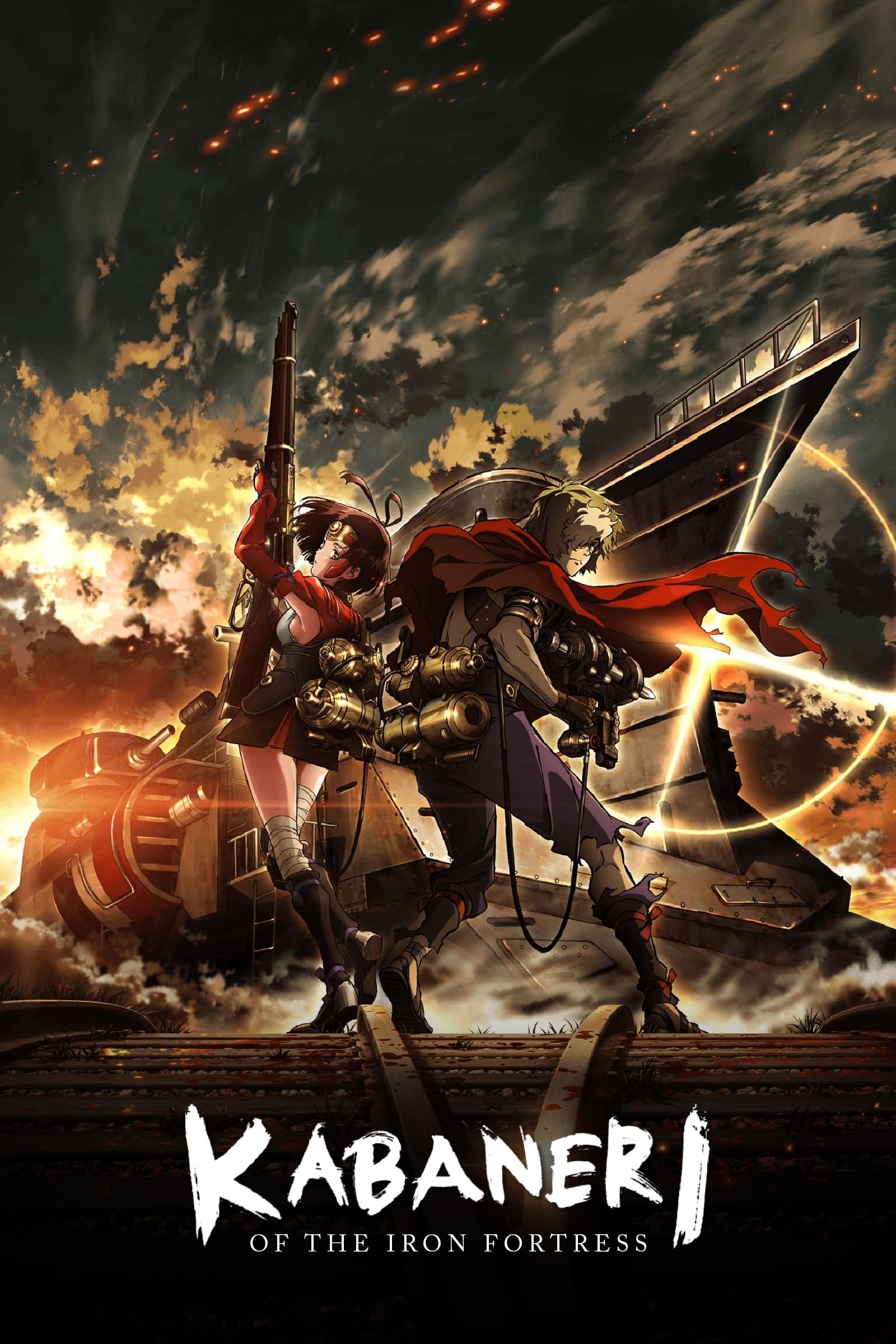
Wit Studio’s thrilling series centers on armored trains and heavily defended stations battling hordes of infected creatures. The show includes detailed blueprints of the steam-powered weapons and techniques used to strengthen defenses. Key moments often involve the intense challenges of operating trains – like switching tracks, refueling, and crossing bridges – all while under attack. The show’s visuals blend the look of a historical period with rugged, industrial machinery and props.
‘Kuromukuro’ (2016)
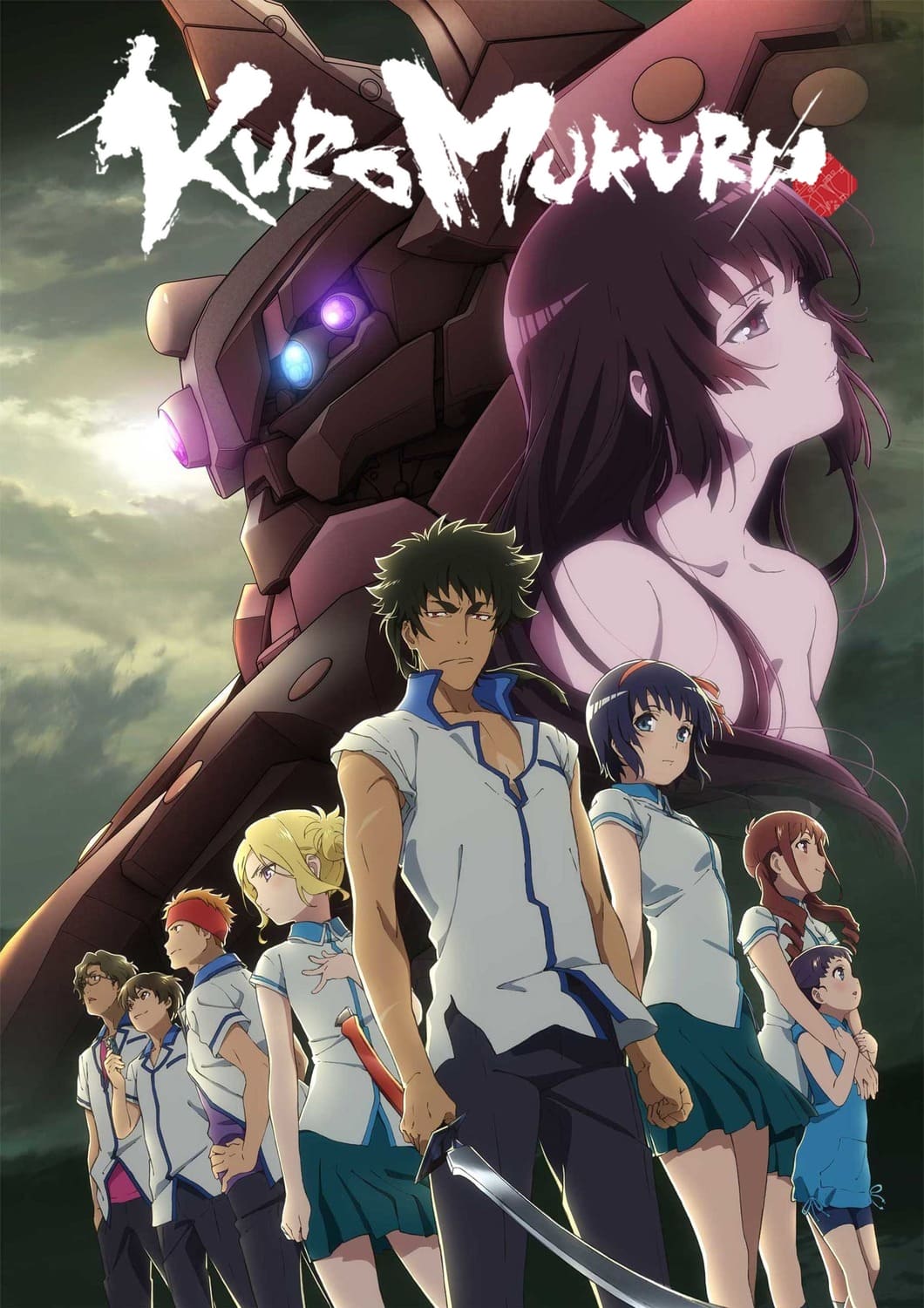
P.A.Works’ show blends exciting mecha battles with the atmosphere of a research facility located near a mountain pass. The story unfolds through missions in the field, post-mission discussions, and careful examination of historical records. The mecha fights are a mix of sword skills and high-tech systems, all clearly shown on screen. The series also explores the difficulties that arise when people from different backgrounds – a displaced group and the modern staff – have to work together.
‘Scum’s Wish’ (2017)
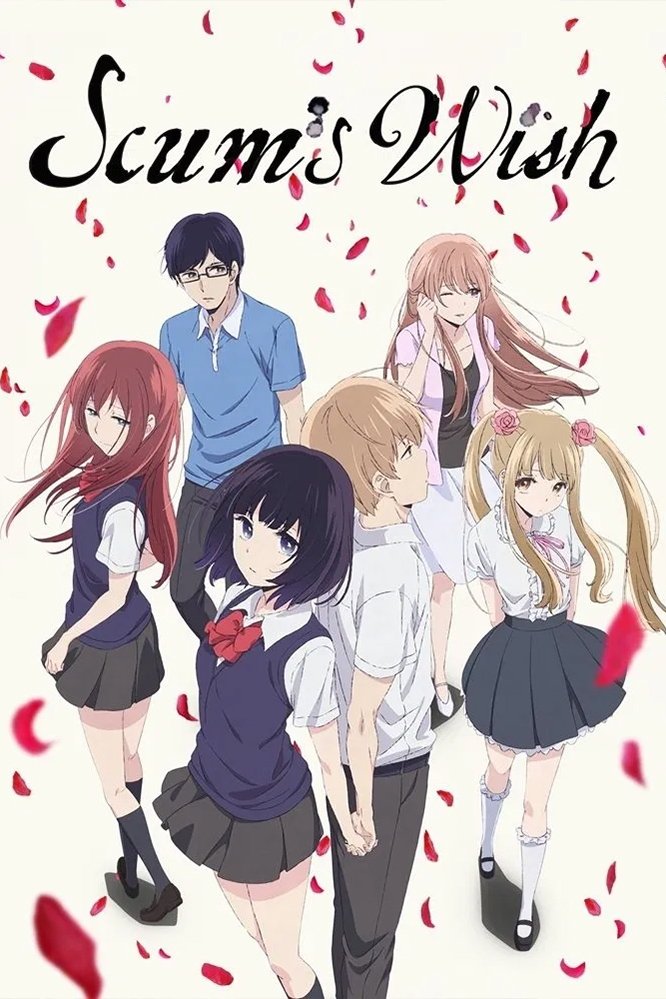
Lerche’s new series is based on a romance manga that explores the intricate relationships within a tight-knit school. It uses creative visuals – like split screens during confessions and on-screen text – to show how feelings change. The story keeps characters close through things like class schedules and club activities, building tension and connection. The show frequently focuses on characters in everyday school settings, highlighting the moments where they make important choices.
‘A Place Further Than the Universe’ (2018)

Madhouse tells the story of a student team heading to the Arctic for research. The show begins with their training, covering everything from necessary paperwork and survival skills to getting the right equipment. We also see the complex planning involved – securing funding, arranging travel, and coordinating the team’s movements. Finally, the series depicts what life is like on location, including navigating the icy terrain and carrying out daily tasks during the research deployment.
‘Tsurune’ (2018–2023)
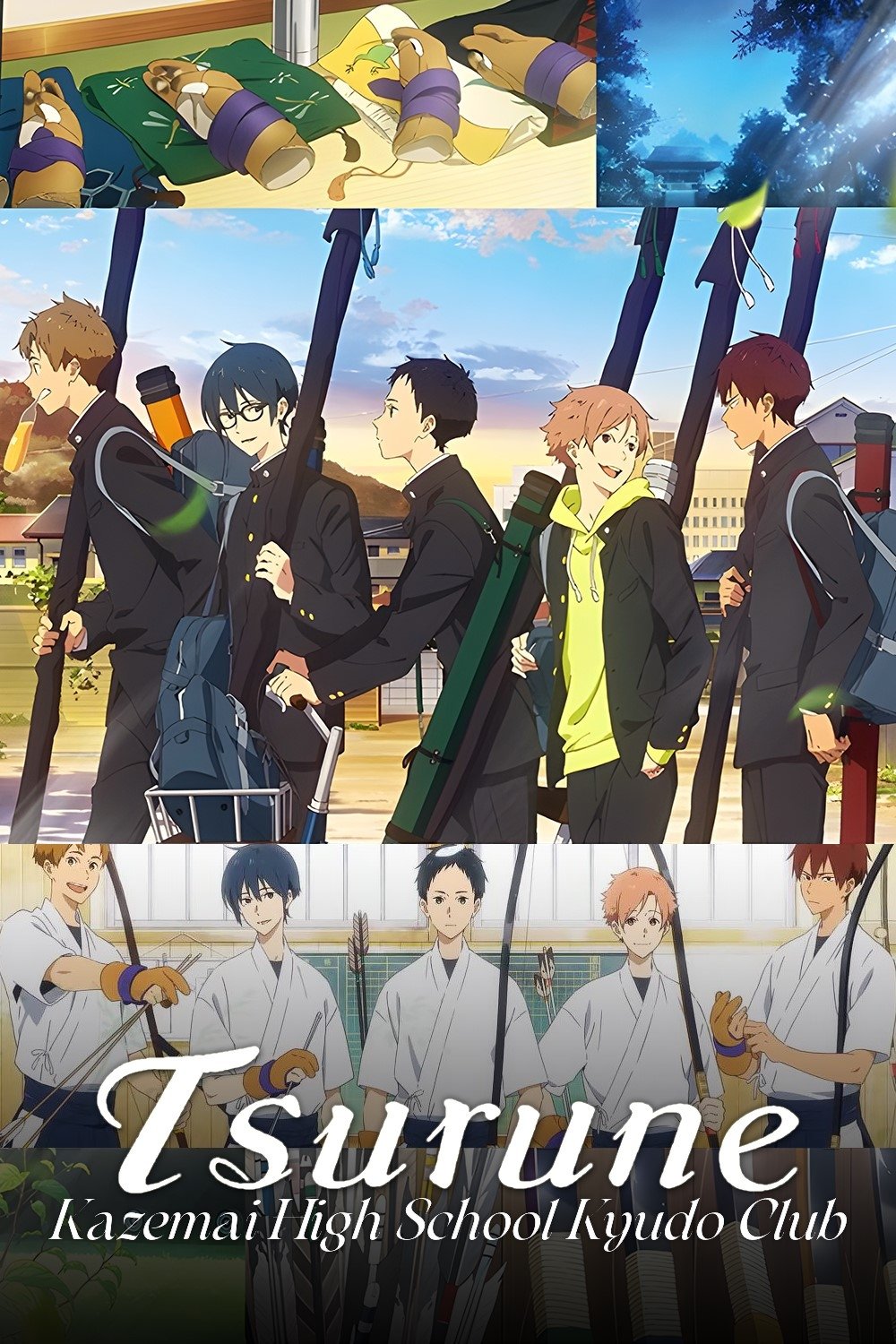
Kyoto Animation has created an anime based on a novel centered around a high school archery club. The show realistically portrays archery practice, carefully explaining proper form, the drawing of the bow, and releasing the arrow, complete with coaching advice and detailed slow-motion replays. Competitive matches are shown with traditional tournament structures, judging decisions, and explanations of the timing rules. The sound design is also noteworthy, emphasizing the sounds of the bowstring, the arrow in flight, and the atmosphere of the archery range.
‘MEGALOBOX’ (2018–2021)
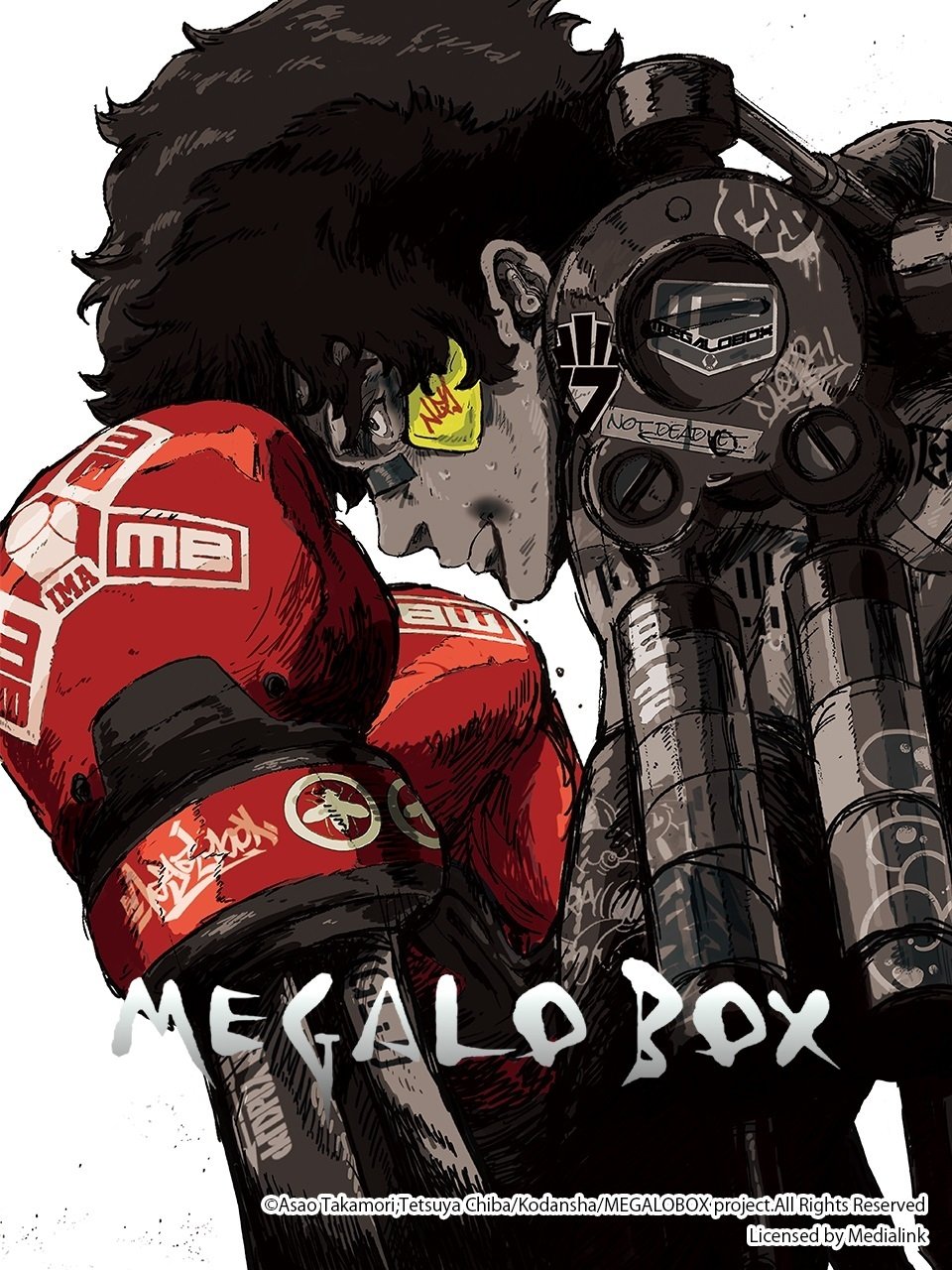
TMS Entertainment is giving a fresh take to boxing with a futuristic twist – fighters now use powerful exo-frame gear. The game features a realistic boxing structure with weight classes, fighter rankings, and the business side of promotions. Players will train their boxers through activities like running, developing fight plans, and customizing their equipment. The game’s visuals aim for a raw, intense boxing experience with gritty details and layered environments.
’86’ (2021–2022)
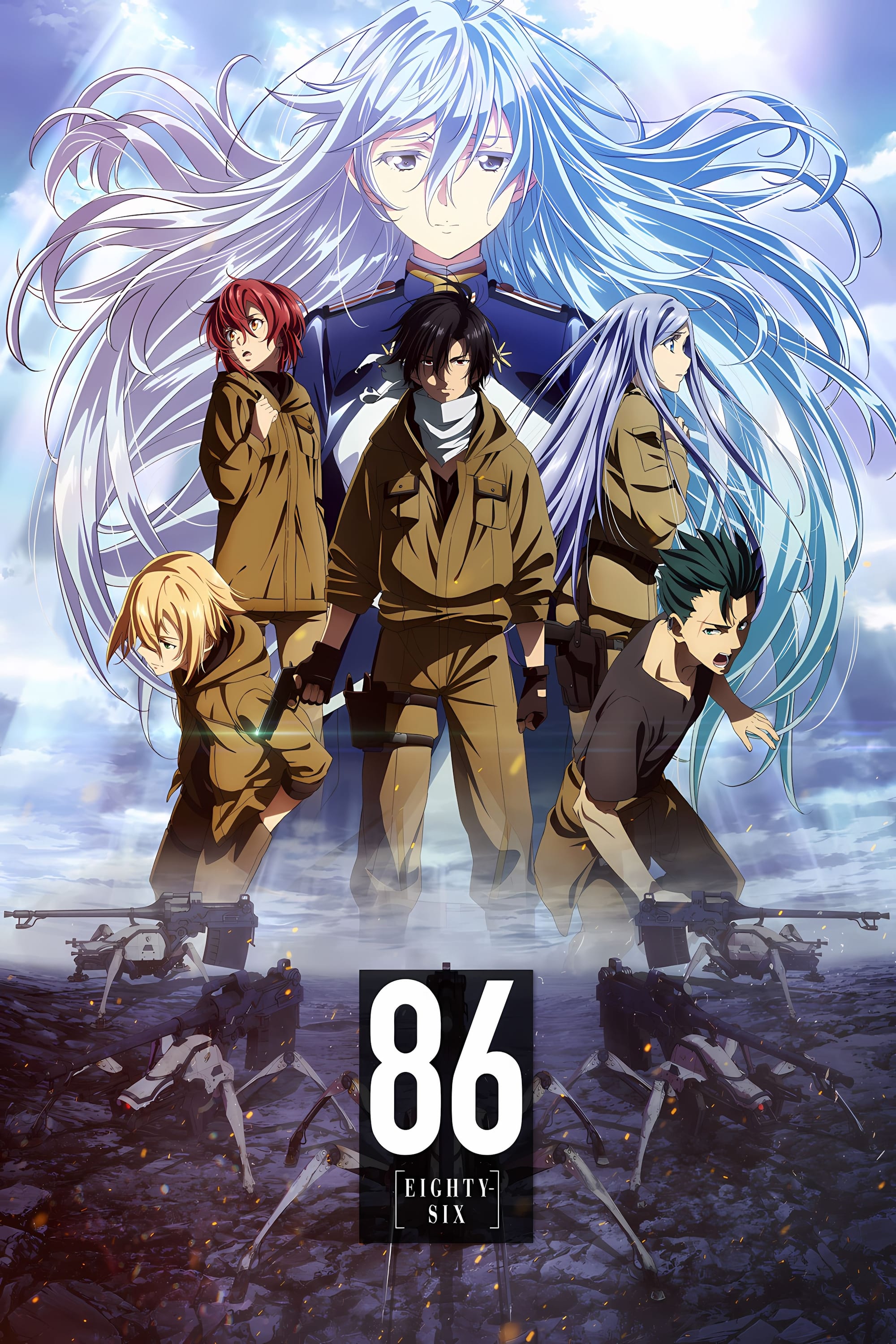
A-1 Pictures is creating an anime based on a novel about a unique kind of war fought using remote control, and the soldiers who make it happen. The story jumps between the command center – where they plan strategies, communicate, and schedule missions – and the battlefield, showing everything from equipment upkeep and scouting to large-scale combat. It explores how decisions made by those in charge affect the soldiers actually fighting the war.
‘Keep Your Hands Off Eizouken!’ (2020)
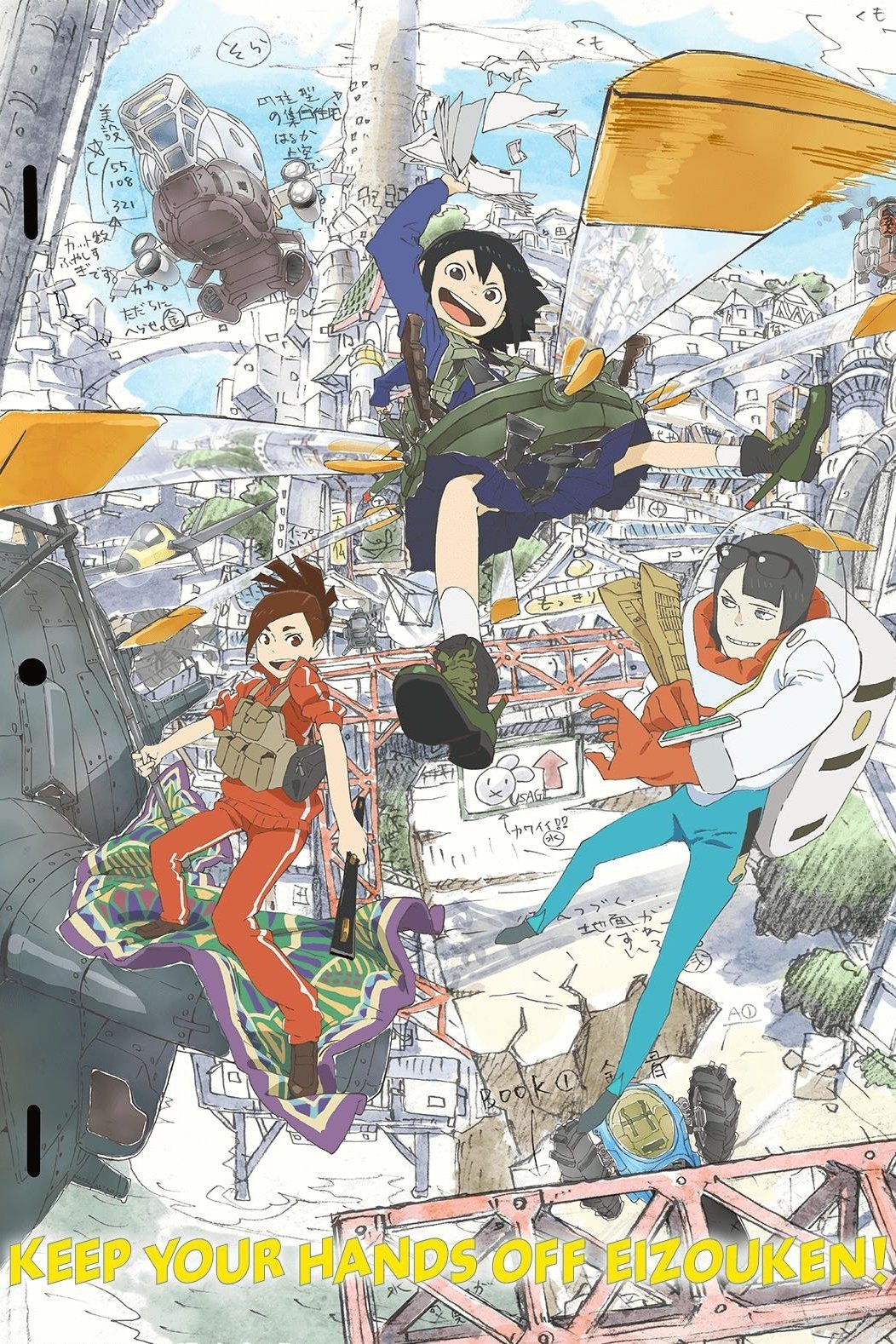
Science SARU has created an animated series based on a manga about students starting an animation club. Each episode shows the process of making animation, from the very beginning – like finding locations and creating initial designs – all the way to editing and finishing the scenes. The series also realistically portrays the challenges of animation, such as working with limited budgets, meeting deadlines, and getting feedback from teachers. When the characters brainstorm ideas, those ideas come to life on screen in visually creative ways, reflecting how the animation is actually made.
‘The Tatami Time Machine Blues’ (2022)
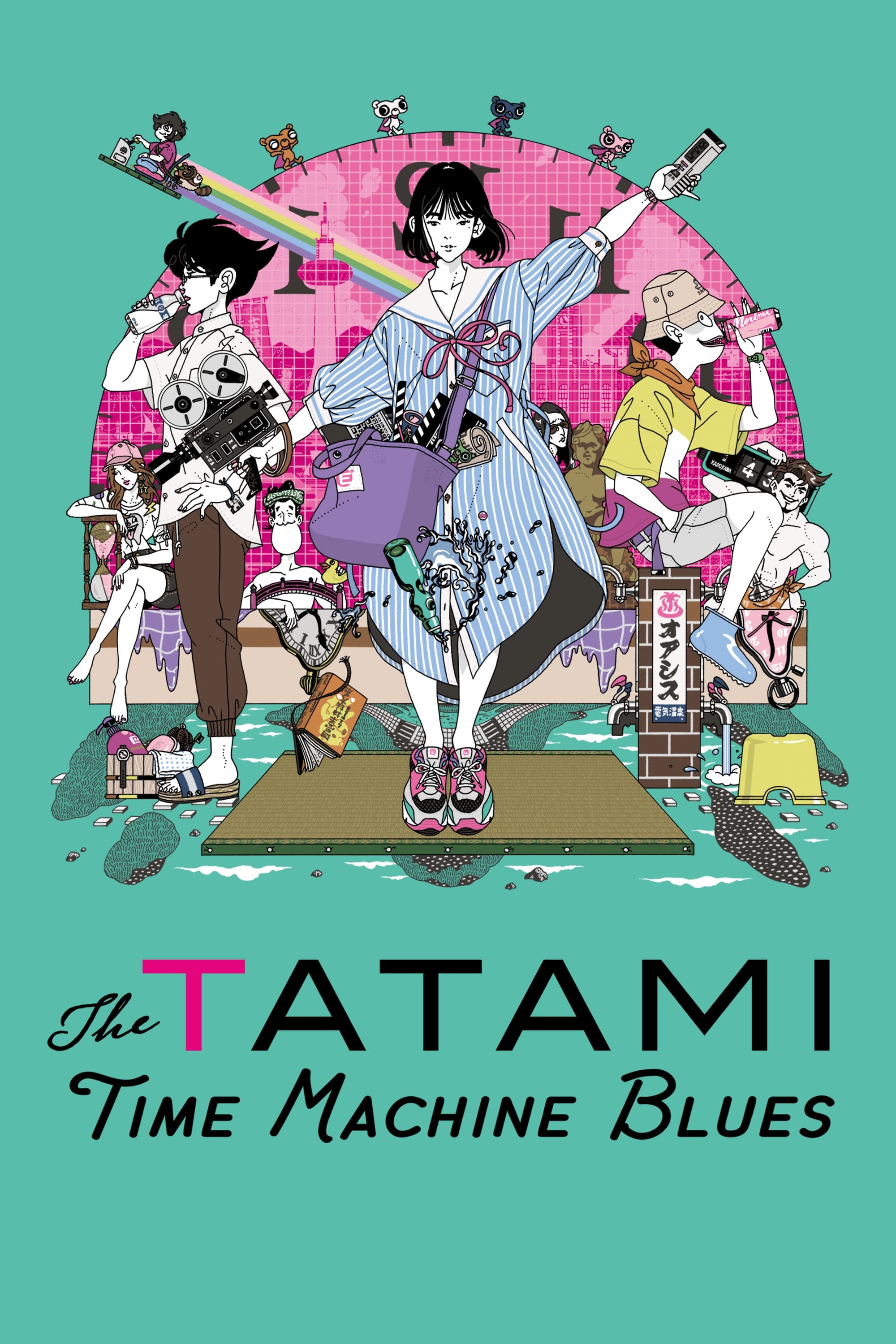
Science SARU has created an animated series based on the follow-up to a popular college story. The plot revolves around a funny time-travel mistake caused by a remote control. The series, broken into episodes, carefully shows how events connect, focusing on a few key places and repeating objects. It’s full of visual jokes and character thoughts that happen at just the right moments in the story. The original narrator’s voice is kept, but the supporting characters are the ones who move the plot forward.
Tell us about any great movies, books, music, or anything else from the past ten years that you think people missed out on! We’d love to hear your recommendations and help others find some hidden treasures.
Read More
- Fed’s Rate Stasis and Crypto’s Unseen Dance
- Blake Lively-Justin Baldoni’s Deposition Postponed to THIS Date Amid Ongoing Legal Battle, Here’s Why
- Dogecoin’s Decline and the Fed’s Shadow
- Ridley Scott Reveals He Turned Down $20 Million to Direct TERMINATOR 3
- Baby Steps tips you need to know
- Global-e Online: A Portfolio Manager’s Take on Tariffs and Triumphs
- The VIX Drop: A Contrarian’s Guide to Market Myths
- Top 10 Coolest Things About Indiana Jones
- Northside Capital’s Great EOG Fire Sale: $6.1M Goes Poof!
- A Most Advantageous ETF Alliance: A Prospect for 2026
2025-10-26 19:22